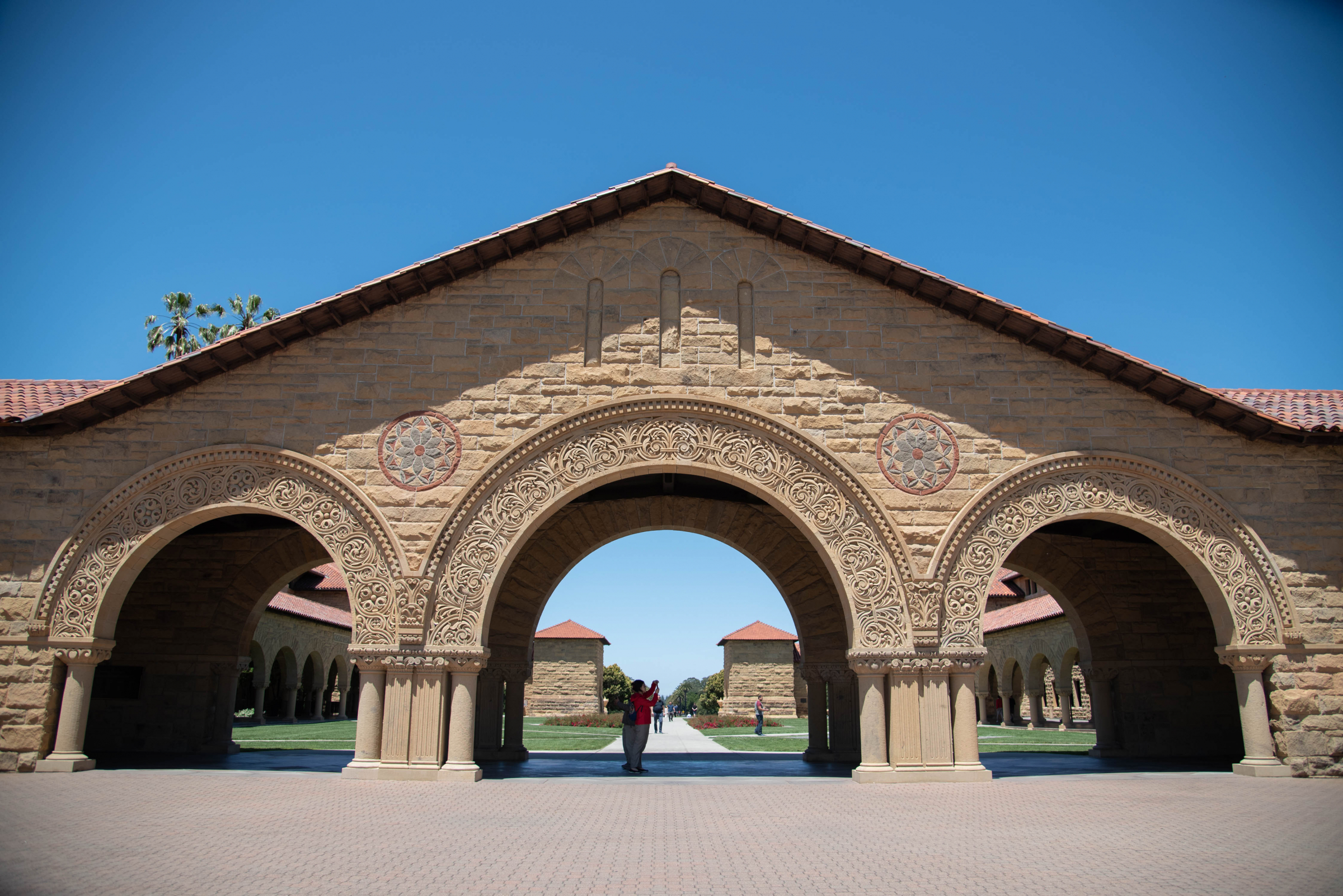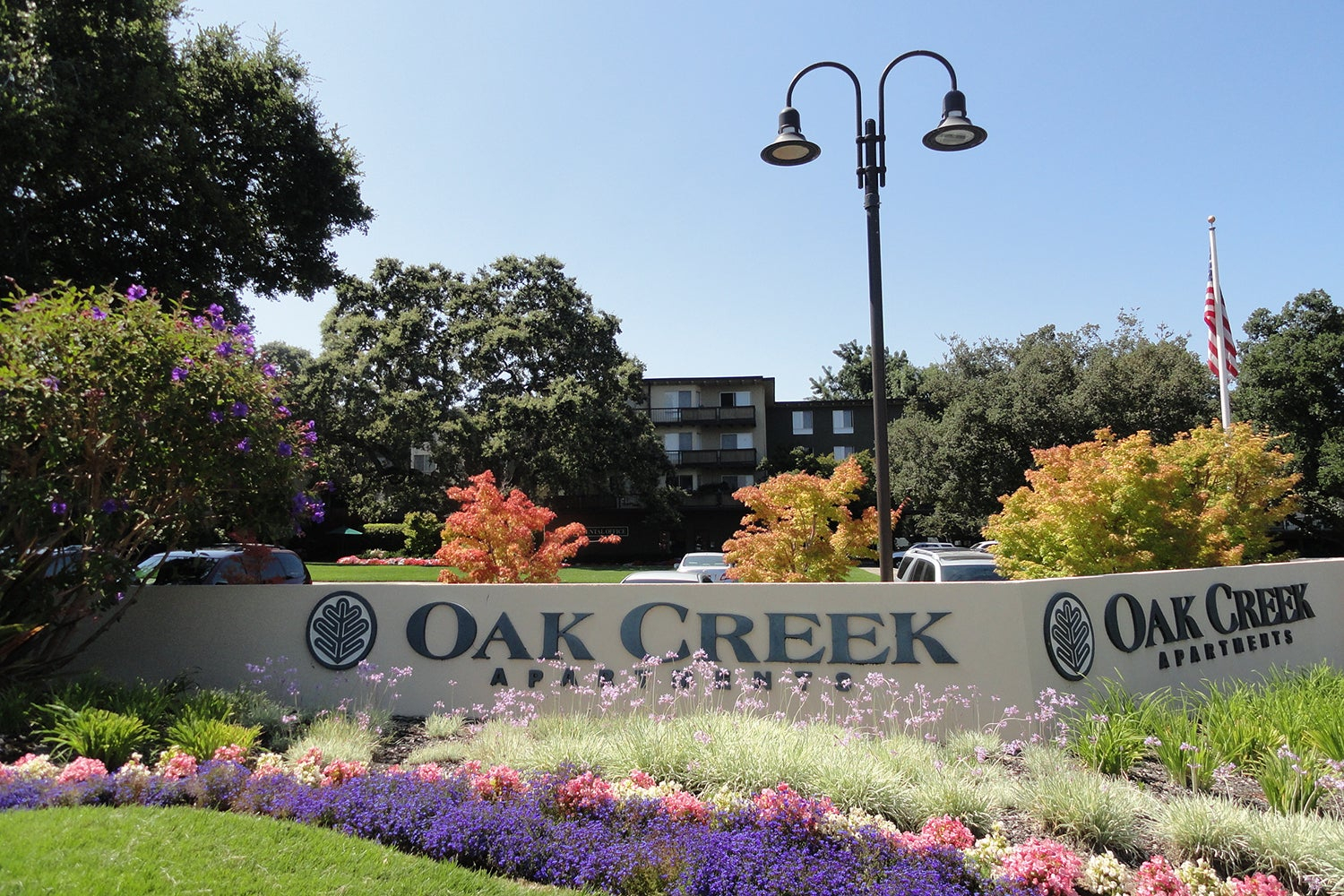Despite objections from Stanford University, Santa Clara County officials are advancing a new policy that would tie future growth of academic facilities to construction of housing for staff and faculty on the university's campus.
The new housing policy is among the most ambitious and contentious changes that the county is looking to adopt as part of its ongoing update of the Stanford Community Plan, a planning document that the county first adopted in 2000 to govern the university's growth. It would build on the existing "linkage" policy, which requires Stanford to build housing concurrently with academic expansion. But unlike the existing policy, the new one focuses future residential growth on sites inside the campus.
While Stanford does not have any major growth applications pending, the updated Stanford Community Plan aims to address many of the issues that county officials and consultants grappled with during their review of the university's last expansion plan. The university applied in 2016 for a new general use permit that would have allowed up to 3.5 million square feet of new development. It withdrew its application in 2019 after failing to reach a consensus with the county on a development agreement and on new requirements for growth.
By updating its Stanford Community Plan, the county is signaling that the issues that had dominated the university's last growth plan — namely, housing, traffic and open space protections — would be central to any future expansion proposal. The revised housing section includes a policy that forces Stanford to build all of its required housing on or next to its campus. It further specifies that at least 70% of housing would be on campus and at most 30% can be off campus in Palo Alto and other jurisdictions contiguous to the university.
Stanford has criticized the proposed requirement and requested more flexibility when it comes to residential construction. Erin Efner, Stanford's associate vice president for land use and environmental planning, argued in a Dec. 12 letter to the county that the measure requiring housing on campus "precludes future creative housing solutions and partnerships."
"This measure would prohibit Stanford from building required housing near transit in nearby jurisdictions where demonstrated demand exists," Efner wrote. "Allowing required housing in transit-oriented areas could minimize transportation impacts and create needed housing throughout the greater community."
The argument failed, however, to sway the members of the county Board of Supervisors, which voted on Dec. 13 to approve the new housing requirement as part of a suite of new policies that will be evaluated in the environmental analysis for the Stanford Community Plan update. Supervisors are expected to formally approve these policies once the environmental review is completed and the new Stanford Community Plan returns to the Planning Commission and the board for adoption in 2023.
The board's unanimous vote also signaled its endorsement of two other changes that are included in the update. One relates to traffic impacts. While Stanford University will remain bound by a "no net new trips" requirement that has been in place since 2000, the updated plan will change how the traffic impacts are measured. Rather than be focused on one peak hour in the morning and one in the evening, as they are today, traffic counts will now be based on two three-hour periods. And for the first time, reverse commutes will be included in the tally.
The other big change relates to open space. Stanford is currently obligated to contain its growth to a 1,724-acre area inside what's known as the "academic growth boundary (AGB)," which includes its campus and explicitly excludes open space areas. To focus growth away from open spaces, the existing plan requires Stanford to obtain approval from four of five supervisors for any such growth proposal. That requirement, however, was adopted in 2000 for a period of 25 years. The updated plan would extend it for another 99.
Stanford has protested the new policy. At the Dec. 13 meeting, Efner cited the societal changes that have occurred over the course of the COVID-19 pandemic and suggested that the county maintain its 25-year horizon for development within academic growth boundary.
"Planning horizons extending beyond 25 years, especially as they relate to the academic growth boundary, don't reflect the rapidly changing world and also don't reflect the careful guardianship that we displayed over our land for over 130 years," Efner said.
While the university has asserted that it has no plans to propose development in existing open spaces, its assurances did not convince open space advocates and county supervisors. Many pointed to the 2018 study that the county commissioned to explore how much potential Stanford has for growth within the academic growth boundary. The study concluded that Stanford can triple its density and build about 200,000 square feet of new development per year for the next century and still remain within the boundary.
Alice Kaufman, policy and advocacy director for Green Foothills, a local environmental group, cited the study's findings and argued that Stanford's request to retain a 25-year horizon "makes no sense."
"It can only be interpreted as a request that Stanford be given the go-ahead to sprawl into the hillsides rather than accommodating their future growth inside the AGB, which would go against the county general plan policy as well as all the principles of smart growth, sustainability and climate-smart development," Kauffman said.
Others took issue with Stanford's assertion that a 99-year planning horizon is too long. Supervisor Joe Simitian, whose district covers Palo Alto and the Stanford area, pointed to Stanford Research Park, a sprawling business district owned by the university that includes about 150 companies, including Lockheed Martin, HP and VMware. Simitian observed that Stanford felt it was appropriate to set 99 years as an appropriate term period for its leases, which generate revenue but don't play a direct role in its educational mission.
"There are 99-year leases on that property," Simitian said. "I just find it intellectually inconsistent to say, 'Oh my gosh! Ninety-nine years is too long!', when the university itself has made a decision in the past to lease its property for 99 years, apparently concluding that they could live with that if it generated revenue."
Simitian and the board also proved sympathetic to Palo Alto's request for a meeting with the county and Stanford, consistent with a 1985 land-use agreement between the three parties. Mayor Pat Burt submitted a letter on behalf of the city earlier this month formally requesting "consultation and discussion among the three parties so that we might renew our common understanding and steps forward." Simitian and the board directed staff to follow up on Palo Alto's request. They also requested that any new "streamlining" provisions for Stanford housing developments include mechanisms for notifying residents of Palo Alto and other neighboring communities.
Supervisors Otto Lee and Susan Ellenberg both supported the new requirements that Stanford build housing for staff and faculty on its campus as part of any future academic expansion. Both alluded to the university's recent buying spree of residential properties in Palo Alto and Menlo Park, including its purchase of Oak Creek Apartments, a 759-apartment complex on Sand Hill Road. Lee likened Stanford's purchases of housing in surrounding communities to meet its own needs to "going backwards."
"When Stanford bought those complexes, it really was not increasing but actually decreasing the housing stock for our communities," Lee said.
Ellenberg agreed and said her priority as a supervisor is to create "additional accessible affordable housing" in the county.
"I want to also be clear that new housing should mean new units," she said. "If we're merely changing ownership, we're not adding housing to the overall stock and that has to be an important priority."





Comments
Registered user
Willowgate
on Dec 28, 2022 at 4:23 pm
Registered user
on Dec 28, 2022 at 4:23 pm
The City of Mountain View should do the same with it's parks, i.e. put in housing for the park staff.